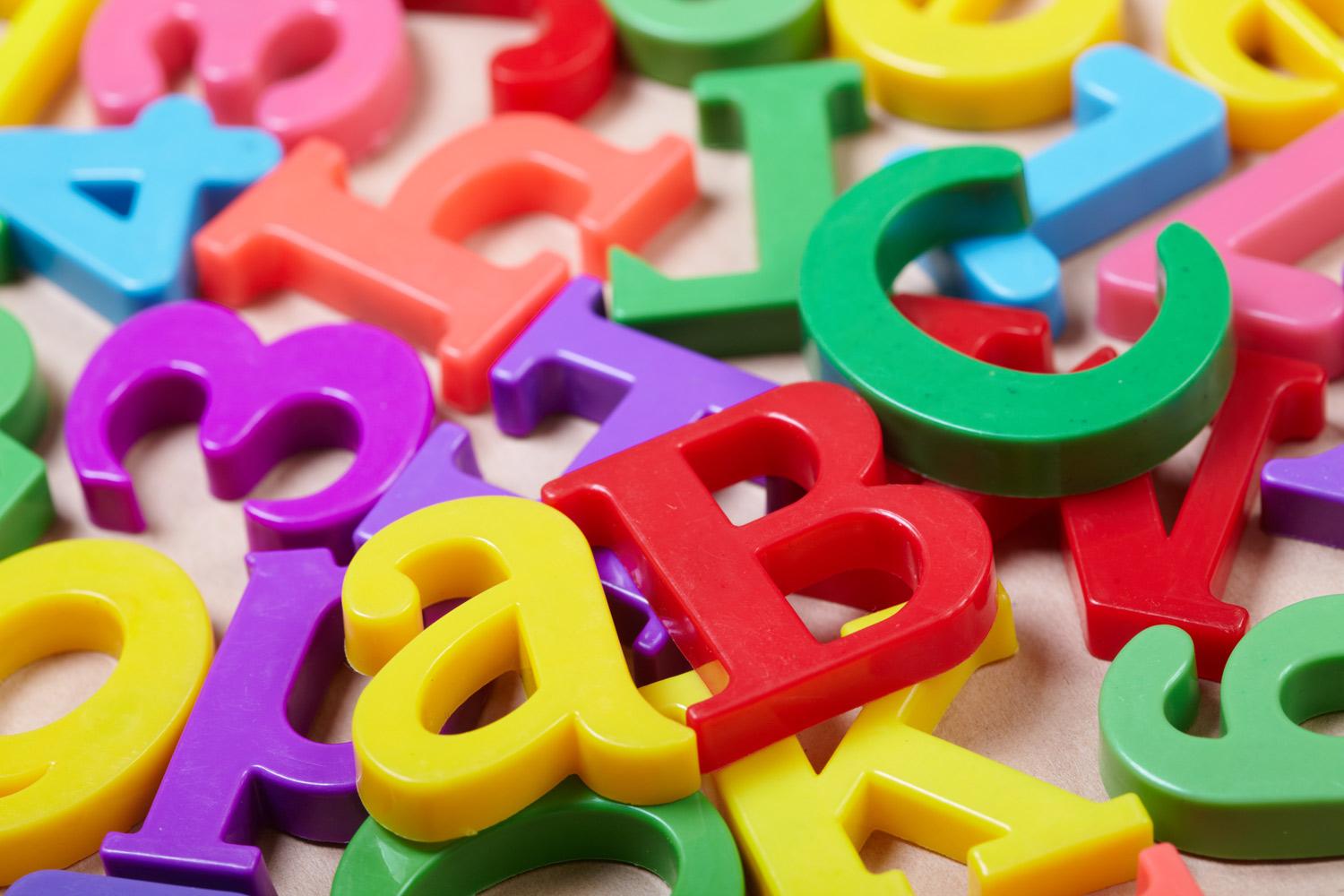
Growing Readers Together
March Tips for Kindergarten Parents
How to help your child hear syllables in words
Play I'm Looking For.... using objects around your home while encouraging your child to help you clean up! Play I'm Looking For...., but break the word into syllables. EX: "I'm looking for a (ba-by-doll, foot-ball, mar-ker, bas-ket-ball, neck-lace, puz-zle, mon-key, etc.)." Have your child say the word, find the object, and then put it away.
You could also play this game while cooking or baking together. EX: "Please get out the (su-gar, va-nill-a, ba-na-na, choc-o-late, noo-dles, zu-chin-ni, mus-tard, ham-bur-ger, ketch-up)."
Help Your Child Recognize Initial, Medial, and Final Sounds in Words
Working with Short Vowel Sounds and Word Families
Here are some ways to practice short vowel sounds and word families. EX: (-at, -an, -am, -it, -in)
1. Practice "Nonsense Words." Use index cards or card stock to make letter cards - one letter on each card. Put the cards in three stacks (a stack of consonants on each end and vowels in the middle.) Randomly change letters to practice reading nonsense words (and sometimes a real word sneaks in, too!). This activity reinforces each letter's individual sound and helps with blending sounds together. Help your child remember that vowel sounds in the consonant-vowel-consonant (cvc) pattern always have the short vowel sound (cat, bed, pig, dog, run).
2. Play "Pick a Vowel." Your child can use a dry erase marker and board or paper. Give your child a starting and ending consonant. The child gets to pick the vowel that goes in the middle and they get a point if they made a real word.
3. Word Families. Use plastic letters, index cards, word wheels (available at abcteach.com), or Easter eggs to practice reading words that have the same ending sound. (Easter eggs? Yes, it's easy! Write an ending (like "in") on one half of a plastic egg near the middle. Now write letters or blends that will make words with that ending (like "b," "f," "p," "w", "sk, "tw," "ch," and "gr," on the other half of the egg. Spin the egg to match up each letter with the ending and read the words (bin, fin, pin, win, skin, twin, chin, and grin.) Make a different word family for each egg.) Help your child remember that words with the same sound pattern at the end are rhyming words!
4. Spell it Out! Practice spelling words that follow phonics rules with magnetic letters, a "Magna-Doodle", magic slates, shaving cream, dry-erase boards, a sand tray, sidewalk chalk, gel bags, etc.
Word Family Fluency
Roll a dice and read the word family words that match the dots on the dice.
Easter Egg Word Families
Write letters or blends on one side of the egg and the word family on the other side. Turn the egg to read the new words.
Sticky Note Word Family Fun
Write a word family (-at, -am, -ag, -it, -in, -ig, etc.) on a sticky note. Use sticky note letters, sticky notes with letters written on them, or plastic letters to build words.
Talking about Reading with Your Child
The goal of reading is to understand and comprehend what is being read. For our beginning readers, we can deepen their comprehension skills by discussing the books we read aloud with them. The books we read aloud often have more opportunities for deep discussion than the simpler stories our kindergarteners are able to read on their own.
- As your child reads, talk with him about what is happening in the story. Use words like first, next, then, and last.
- Discuss characters’ feelings. How is (character's name) feeling? What makes him/her feel (sad, happy, excited, nervous, frustrated, angry, upset, proud)? or How can you tell (character's name) is feeling (happy/sad/angry/etc.)?
- Discuss characters' actions. What was (character's name) doing in the story?
- Make predictions. What do you think might happen next? Why?
- What was your favorite part in the story? Why?
- What does this story make you think of? What does it remind you of?





